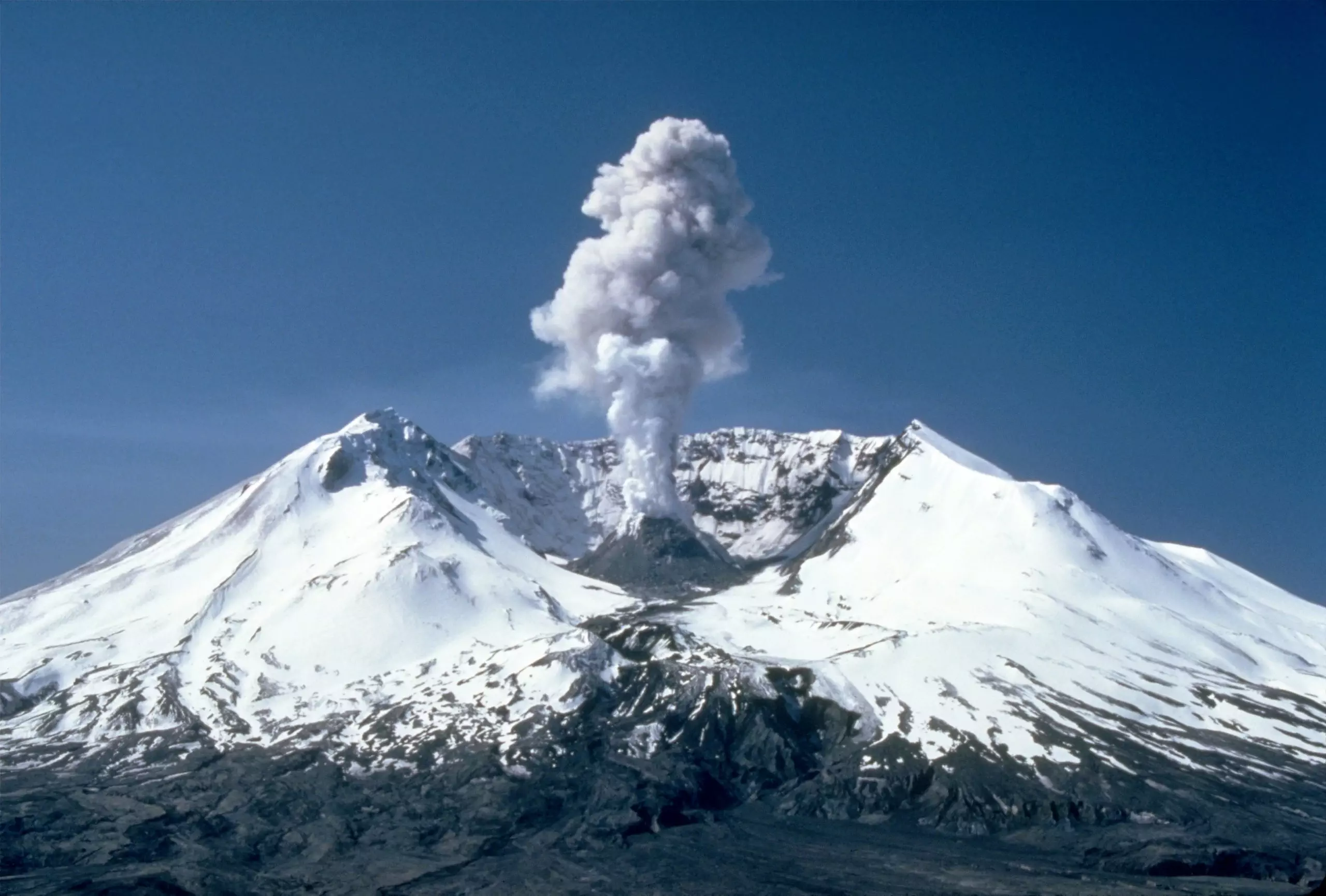
Where is it located?
In the Pacific Northwest and in the United States of America, there is one of the most active volcanoes on Earth, St. Helens Volcano. Mount St. Helens is part of the Cascade Mountain Range, which extends from northern California through Washington and Oregon to British Columbia, Canada. The group features many active volcanoes because it is part of the Pacific Ring of Fire. The Cascadia Subcoaches region formed as a result of the assemblage of plates along the coast of North America.
Mount St. Helens’ last eruption lasted from 2004 to 2008, although its most destructive modern eruption occurred in 1980. On May 18 of that year, Mount St. Helens erupted, causing a debris avalanche that destroyed forests and cabins. Turn it around.
See also: Planes do not fly over the South Pole, but only the North Pole.
The devastating eruption of the St. Helens volcano
St. Helens Volcano is located eighty kilometers northeast of Portland, Oregon, and 154 kilometers south of Seattle, Washington. In March 1980, Mount St. Helens experienced an earthquake and a steam vent. In April 1980, the north side of the mountain began to swell. On May 18, 1980, a 5.1-magnitude earthquake caused the north face of the mountain to collapse. Causing the largest debris avalanche in recorded history.
Magma exploded from the volcano in a lava flow that flattened trees and buildings over an area of more than 600 square kilometers. More than 1.5 million metric tons of sulfur dioxide were released into the atmosphere. 57 people were killed, 250 homes were destroyed, 47 bridges, 24 km of railway lines, and 298 km of highway were destroyed. The ash plume reached 27 km in height and moved east at a speed of 100 km per hour. He arrived in Idaho and Edmonton, Alberta, Canada. Lava flowed down the Tuttle and Cowlitz Rivers into the Columbia River.
The volcanic eruption reduced the mountain’s height from 2,950 meters to 2,549 meters and left a 1.6-kilometer-wide horseshoe-shaped crater. Small eruptions continued, and a new lava dome formed. On March 8, 2005, a new eruption sent a column of steam and ash 11,000 meters high into the sky.






